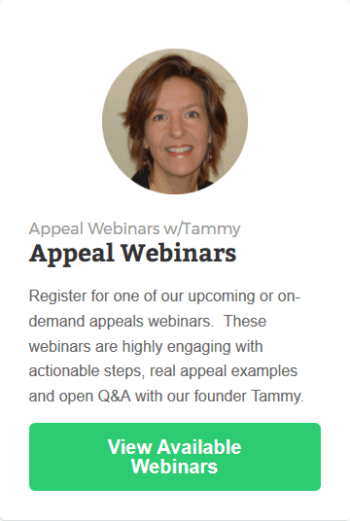“Where is a payer provider rep when you need one?”
Most practice administrators have a story about getting a payer performance issue resolved by an experienced, hands-on provider rep. If only more of them were experienced and hands-on.
While many a practice administrator has bemoaned the lack of training or expertise of their assigned provider representative, it was often true that having a human point-of-contact is much better than hoping for assistance from customer service phone lines. The current trend, according to a number of sources, seems to be that payers are eliminating these positions in favor of directing provider issues to the payer provider customer service line.
“I have issues trying to reach most provider reps. Especially the big payers – BCBS, UHC, AETNA. We end up speaking to customer service reps and have to fax requests into provider relations. Most of the time there is no response,” said Keith Grone, Insurance Manager for Syrna Eye Group in Smyrna, GA.
Every major insurance payer has a mission statement which says it is focused on the health of their members. Of course, one significant test of that commitment seems to be the payers’ dedication to communicate with healthcare providers. Effective communication is essential for healthcare delivery.
One of the most valuable communication routes between payers and providers has long been the provider representative role. Payers have long maintained a team of provider reps and, depending on the payer, this position provides a broad array of services including contract review/negotiation scheduling, credentialing assistance, claim technology support, drug formulary assistance and even practice management training. However, many practices are reporting that payers are no longer always assigning a provider rep to their practice. Instead, practices are directed to call a provider assistance line with any requests or issues.
This trend can be particularly troublesome in light of the fact that payers increasingly rely on automation in preauthorization, coding review, claims process and even overpayment audits. Once the payer’s automated process has reached some type of determination, getting a human within the payer organization is critical to prompt resolution.
“I have found that so many of my clients that I work with do not know who their providers reps are or if they do, they find they are in charge of such a large geographic region that they are not able to assist them. As a consultant, I find that many times, unless you have a connection to the contact directly, it is increasingly hard to get an easy resolution. Automation is great; however, there are situations that require that human logic.” said Merrilee Serevino, CPC and coding consultant.
The trend away from utilizing provider representative positions likely varies from region to region. Marilyn Rissmiller, Senior Director for Colorado Medical Society, states that their organization has observed that Aetna no longer has provider representatives for that area but that the other major carriers are still hiring and assigning provider representative to their network providers. Rissmiller states that Aetna does provide contracting personnel to assist with contracting but refers other provider questions to their national call center.
A quick review of LinkedIn job postings uncovered a number provider relations job positions posted by the larger payers, including Aetna, CIGNA and United Healthcare. However, one workforce efficiency tactic payers may be taking is to make the provider representative only available to provider organizations with a high number of network providers.
For example, the Aetna Provider Consultant job posting states that the position “acts as the primary resource for assigned high-profile providers and groups.”




Leave A Response